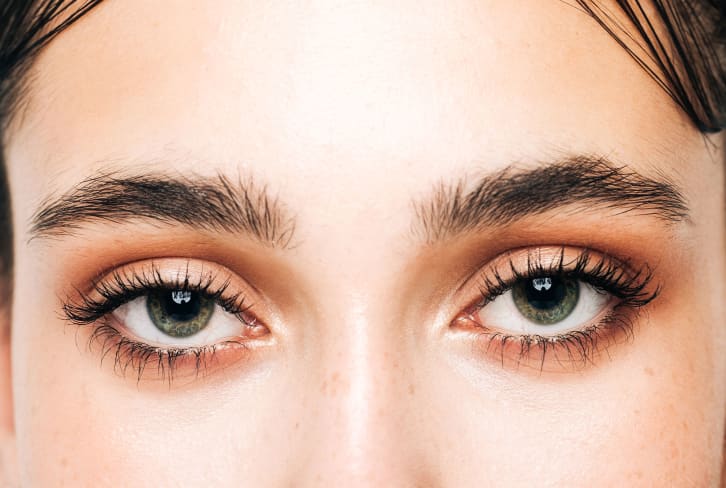Advertisement
You Have To Eat This Much Salmon To Get Enough Astaxanthin (Spoiler: It's A Lot)



Supplements are a bonus: They're there to, well, supplement your already healthy diet and lifestyle. Food comes first, but sometimes it can be pretty difficult to maximize the benefits of a certain phytonutrient through food alone. A common example is astaxanthin—you know, that potent antioxidant famous for giving salmon its peachy hue.
You see, to reap astaxanthin's benefits for skin health and wrinkle reduction, you need to eat a hefty amount of salmon each day.* (We're talking multiple fillets, here.) We explain the science below, as well as how to actually get your fill of the skin-smoothing antioxidant.*
How much salmon do you need to get enough astaxanthin?
"If you go into the scientific literature on astaxanthin and skin care outcomes—the hydration, smoothing, plasticity, wrinkle reduction—3 milligrams is the minimum, but 6 milligrams is going to be where the strongest studies are found1,"* says mbg director of scientific affairs Ashley Jordan Ferira, Ph.D., RDN.
How much astaxanthin is naturally found in salmon? According to Ferira, based on European EFSA and USDA analyses and data, there's about 0.5 milligrams of astaxanthin per salmon filet. Some quick mental math, and you end up with a whopping 12 (yes, 12!) fillets of salmon to reap the carotenoid's skin-supporting benefits.*
"Or you could take 6 milligrams of astaxanthin in supplement form,"* says Ferira. mindbodygreen's cellular beauty+, for example, contains astaxanthin from a natural plant source at a potent dose of 6 milligrams to reflect the current research on skin health and to leverage its wrinkle-fighting power.*
Plus, a vast majority of astaxanthin in salmon is actually synthetic—it's cheaper to make, and it's typically added to feed for farm-raised salmon. This even applies to most salmon used in sushi. And the thing is, "synthetic astaxanthin happens to have a lower antioxidant capacity than the real stuff," notes Ferira. By "real stuff," she refers to the astaxanthin from green microalgae—salmon (and, shrimp, crab, etc.) eat this algae, and that's what gives them their pink pigment. "[Green algae] is one of the best sources because it's sustainable and clean," she adds. "That's the way to go if you're going to get a concentrated dose of astaxanthin in a supplement."
The takeaway.
We believe food is medicine—but sometimes, you literally can't eat your way to a certain phytonutrient. Such is the case with astaxanthin: You need to eat around 12 salmon fillets per day to reach the clinically significant amount for skin health,* and that's assuming said fillets don't have synthetic astaxanthin. Fear not, for you can always supplement with the potent carotenoid to meet the 6-milligram benchmark.*
Watch Next
Enjoy some of our favorite clips from classes
Enjoy some of our favorite clips from classes
What Is Meditation?
Mindfulness/Spirituality | Light Watkins
Box Breathing
Mindfulness/Spirituality | Gwen Dittmar
What Breathwork Can Address
Mindfulness/Spirituality | Gwen Dittmar
The 8 Limbs of Yoga - What is Asana?
Yoga | Caley Alyssa
Two Standing Postures to Open Up Tight Hips
Yoga | Caley Alyssa
How Plants Can Optimize Athletic Performance
Nutrition | Rich Roll
What to Eat Before a Workout
Nutrition | Rich Roll
How Ayurveda Helps Us Navigate Modern Life
Nutrition | Sahara Rose
Messages About Love & Relationships
Love & Relationships | Esther Perel
Love Languages
Love & Relationships | Esther Perel


















